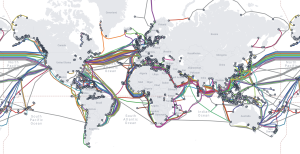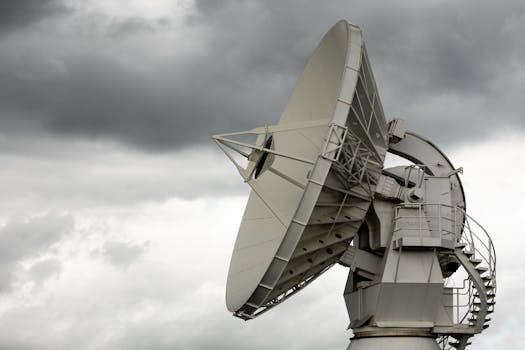GEO Satellites: Understanding the Technology and Applications of Geostationary Orbit Satellites
GEO satellites, or geostationary orbit satellites, are a type of satellite that orbits the Earth at an altitude of approximately 36,000 kilometers, which is about 1/10 of the way to the Moon. GEO satellites are a crucial part of modern telecommunications, providing a wide range of services including television broadcasting, internet connectivity, and weather forecasting. In this article, we will explore the technology and applications of GEO satellites, as well as their importance in modern society.
How GEO Satellites Work
GEO satellites work by orbiting the Earth at a speed that allows them to remain stationary relative to a fixed point on the planet’s surface. This is achieved by placing the satellite in a geostationary orbit, which is a circular orbit that lies in the same plane as the Earth’s equator. The satellite’s speed is synchronized with the rotation of the Earth, allowing it to maintain a fixed position in the sky. This makes it possible to use a single satellite to provide coverage to a large area of the Earth’s surface, making it an ideal solution for applications such as television broadcasting and telecommunications.
Applications of GEO Satellites
The applications of GEO satellites are diverse and numerous. Some of the most common uses of GEO satellites include television broadcasting, internet connectivity, weather forecasting, and navigation. GEO satellites are also used for a variety of other purposes, including communications, remote sensing, and scientific research. For example, the National Oceanic and Atmospheric Administration (NOAA) uses GEO satellites to monitor the weather and provide forecasts, while the National Aeronautics and Space Administration (NASA) uses GEO satellites to study the Earth’s climate and environment.
Importance of GEO Satellites in Modern Society
GEO satellites play a vital role in modern society, providing a wide range of services that are essential to our daily lives. For example, television broadcasting via GEO satellites allows us to receive a wide range of channels and programs from around the world, providing entertainment, news, and educational content. Internet connectivity via GEO satellites also enables us to stay connected with friends and family, access information, and conduct business. Additionally, weather forecasting via GEO satellites helps us to prepare for and respond to severe weather events, saving lives and property.
Future of GEO Satellites
The future of GEO satellites is exciting and rapidly evolving. New technologies and innovations are being developed to improve the performance and capabilities of GEO satellites, such as advanced propulsion systems and more efficient power generation. Additionally, the increasing demand for telecommunications and other services is driving the development of new GEO satellites and constellations, such as the OneWeb and Starlink systems. These systems will provide faster and more reliable internet connectivity, as well as a wide range of other services, to people around the world.



